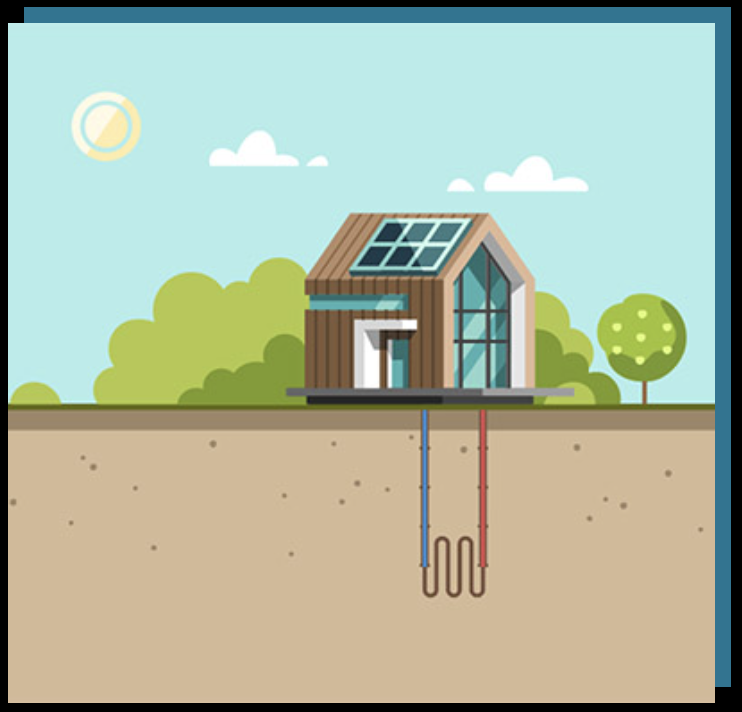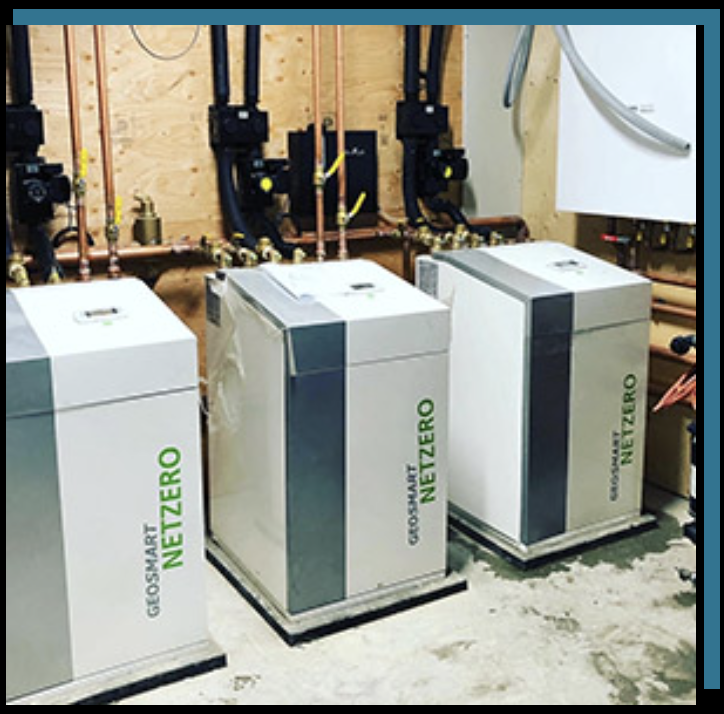Geothermal energy, harnessing the Earth’s natural heat, stands at the cusp of a revolutionary decade. As the world increasingly turns to sustainable energy sources, geothermal power is poised to play a pivotal role in the global energy mix. This article delves into the future of geothermal energy, exploring the predictions and trends that will shape its development over the next ten years.
The Current State of Geothermal Energy
Before we look to the future of geothermal energy, it’s essential to understand where geothermal energy stands today. As of 2024, geothermal energy contributes approximately 0.4% to global electricity generation, with a total installed capacity of around 16 gigawatts (GW). While this may seem modest compared to other renewable sources, geothermal energy’s potential is vast and largely untapped.
Key advantages of geothermal energy include:
- Reliability: Unlike solar or wind, geothermal power is not dependent on weather conditions, providing a stable baseload power supply.
- Low carbon footprint: Geothermal plants emit minimal greenhouse gases compared to fossil fuel-based power generation.
- Small land footprint: Geothermal power plants require less land per megawatt than most other energy sources.
- Long lifespan: Geothermal power plants can operate for several decades with proper management.
Despite these advantages, geothermal energy has faced challenges in widespread adoption, primarily due to high initial costs and geographical limitations. However, the next decade promises significant advancements that could overcome these hurdles.
Technological Advancements Driving Growth
The future of geothermal energy is closely tied to technological innovations. Several key advancements are expected to drive growth in the coming decade:
Enhanced Geothermal Systems (EGS)
Enhanced Geothermal Systems represent a game-changing technology that could dramatically expand geothermal energy’s reach. EGS involves creating artificial reservoirs in hot dry rock formations, allowing geothermal power generation in areas previously considered unsuitable.
Predictions for EGS development:
- By 2030, EGS technology is expected to reach commercial viability, potentially increasing exploitable geothermal resources by tenfold.
- Improved drilling techniques and reservoir stimulation methods will reduce costs and risks associated with EGS projects.
- Government support and private investments in EGS research and development are likely to increase, accelerating technological progress.
Advanced Drilling Technologies
Innovations in drilling technology will play a crucial role in reducing costs and expanding geothermal energy’s reach:
- Plasma drilling: This revolutionary technique uses electricity to vaporize rock, potentially reducing drilling time and costs by up to 50%.
- Millimeter wave drilling: This technology uses high-frequency electromagnetic waves to drill through hard rock formations more efficiently than conventional methods.
- AI-assisted drilling: Machine learning algorithms will optimize drilling processes, reducing risks and improving efficiency.
By 2030, these advanced drilling technologies are expected to become mainstream in geothermal projects, significantly reducing exploration and development costs.
Closed-Loop Systems
Closed-loop geothermal systems offer a promising solution for areas with limited water resources or those at risk of induced seismicity:
- These systems circulate a working fluid through a closed underground loop, eliminating the need for water injection and extraction.
- By 2030, closed-loop systems are predicted to account for a significant portion of new geothermal installations, particularly in water-stressed regions.
Expanding Applications of Geothermal Energy
The next decade will likely see geothermal energy expanding beyond traditional electricity generation:
Direct Use Applications
Geothermal heat will increasingly be used directly for various applications:
- District heating: More cities are expected to implement geothermal district heating systems, reducing reliance on fossil fuels for space heating.
- Agriculture: Geothermal greenhouses and aquaculture facilities will become more common, providing year-round growing conditions with minimal carbon footprint.
- Industrial processes: Industries requiring process heat will increasingly turn to geothermal sources to reduce emissions and energy costs.
By 2030, direct use applications of geothermal energy are predicted to grow by over 60% compared to 2024 levels.
Geothermal Heat Pumps
Geothermal heat pumps for residential and commercial buildings are set for significant growth:
- Improved efficiency and reduced costs will make geothermal heat pumps more attractive for both new construction and retrofits.
- Integration with smart home systems will optimize performance and energy savings.
- By 2030, the global geothermal heat pump market is expected to more than double in size.
Geographical Expansion
While traditional geothermal development has been limited to regions with high-temperature resources near the surface, technological advancements will enable expansion into new areas:
Offshore Geothermal
Offshore geothermal power generation is an exciting frontier:
- Japan and other island nations are investing in research to tap into underwater geothermal resources.
- By 2030, we may see the first commercial offshore geothermal power plants, potentially providing a new energy source for coastal communities and remote islands.
Low-Temperature Resources
Advancements in binary cycle technology will make it economically viable to generate power from lower temperature resources:
- This will open up geothermal development in regions previously considered unsuitable.
- By 2030, low-temperature geothermal plants are expected to account for a significant portion of new geothermal capacity additions.
Economic Trends and Market Growth
The economics of geothermal energy are set to improve dramatically over the next decade:
Cost Reductions
Several factors will contribute to reducing the cost of geothermal power:
- Technological advancements in drilling and power plant design
- Economies of scale as the industry grows
- Learning curve effects as more projects are developed
- Standardization of equipment and processes
Predictions suggest that by 2030, the levelized cost of electricity (LCOE) from geothermal plants could decrease by 25-30% compared to 2024 levels.
Market Expansion
The global geothermal market is poised for significant growth:
- Installed capacity is projected to reach 32 GW by 2030, representing a doubling of capacity from 2024.
- Investment in geothermal projects is expected to increase by 150% over the decade.
- Emerging markets in Southeast Asia, East Africa, and Latin America will drive much of this growth.
Integration with Other Renewables
Geothermal energy will play an increasingly important role in integrated renewable energy systems:
- Hybrid geothermal-solar plants will become more common, leveraging the complementary nature of these technologies.
- Geothermal’s baseload capabilities will make it valuable in grid stabilization as variable renewable sources like wind and solar increase their share.
Policy and Regulatory Environment
The policy landscape will be crucial in shaping the future of geothermal energy:
Government Support
Many countries are expected to increase support for geothermal development:
- Enhanced tax incentives and grants for geothermal projects
- Streamlined permitting processes to reduce development timelines
- Inclusion of geothermal in renewable portfolio standards and clean energy targets
Carbon Pricing
The implementation and expansion of carbon pricing mechanisms will improve the competitiveness of geothermal energy:
- By 2030, it’s predicted that most major economies will have some form of carbon pricing in place.
- This will make geothermal more cost-competitive compared to fossil fuel alternatives.
Environmental and Social Considerations
As geothermal energy expands, attention to environmental and social impacts will increase:
Sustainable Development
The geothermal industry will focus on sustainable development practices:
- Improved water management techniques to minimize impact on local resources
- Enhanced monitoring and mitigation of induced seismicity risks
- Biodiversity protection measures in geothermal development areas
Community Engagement
Successful geothermal projects will prioritize community engagement and benefit-sharing:
- Increased local employment opportunities in geothermal projects
- Community ownership models for geothermal resources
- Integration of geothermal development with local economic plans
Challenges and Obstacles
Despite the promising outlook, geothermal energy will face several challenges in the coming decade:
- Competition from other renewables: As solar and wind costs continue to decline, geothermal will need to emphasize its baseload capabilities and other unique advantages.
- Skilled workforce shortage: The rapid growth of the industry may lead to a shortage of skilled professionals, requiring investment in education and training programs.
- Public perception: In some areas, concerns about induced seismicity and other environmental impacts may pose challenges to project development.
- Financing: Despite improving economics, securing financing for the high upfront costs of geothermal projects may remain challenging in some markets.
Future of Geothermal Energy Conclusion
The next decade promises to be transformative for geothermal energy. Technological advancements, particularly in enhanced geothermal systems and advanced drilling techniques, will unlock vast new resources. The expansion of applications beyond electricity generation, coupled with geographical diversification, will drive significant market growth.
As costs continue to decline and policies increasingly support clean energy, geothermal power is poised to play a much larger role in the global energy mix. By 2030, we can expect to see geothermal energy contributing more significantly to our sustainable energy future, providing reliable, clean power to millions more people around the world.
The journey ahead for the future of geothermal energy is exciting and full of potential. As we navigate the challenges and opportunities of the next decade, geothermal energy stands ready to emerge as a key player in our transition to a sustainable, low-carbon energy system.






